“What the f— are you looking at?” Vicha Ratanapakdee, an elderly immigrant from Thailand, heard these words before a teenager from San Francisco slammed into him.
Ratanapakdee passed away two days after being found on the ground due to a brain hemorrhage.
Although nothing came close to the loss of her father, his daughter, Monthanus Ratanapakdee, has experienced other hate crimes as an Asian American.
At Golden Gate Park with her young son, people yelled at them to go back to their own country, and in front of a hospital, an angry woman attempted to hit her due to her Asian features, forcing her to flee.
In a time of crisis, social media is a weapon that ordinary citizens can use. A weapon, which, if not used carefully, can direct hatred toward groups of people. The false belief that Asians as a whole were the cause of the COVID-19 outbreak exacerbated preexisting negative biases regarding Asians, resulting in hate crimes and other forms of violence.
These acts of hatred are not a new occurrence. With accounts of racism dating back to the first wave of Chinese immigration in the early 1800s, discrimination towards Asians has existed well before the COVID-19 pandemic.
However, in the wake of COVID, anti-Asian rhetoric undeniably rose. This phenomenon was especially prevalent online, visible through the plethora of hateful tweets and racially motivated comments attributed to the coronavirus.
“It was definitely still at a time when President Trump was shouting about how there was a Wuhan virus, and the Chinese were the ones who had brought it. A lot of people were taking that cue, and not just the red-hat-wearing supporters, but everybody who was already probably racist in the first place. It was an easy thing to do once you already have that in your heart. You’re going to blame every Asian person you see,” said Eric Lawson, the son-in-law of Vicha Ratanapakdee.
According to a research article from the University of California, there was a 650% increase in X, formerly known as Twitter, retweets using the expression “Chinese virus” and similar terms on March 8, 2020, and this effect continued.
Social media has the capability of pushing rhetoric, whether true or not, to a broader population. The disclosure of such messages, such as the former president’s characterization of the virus as the “Wuhan virus” and attributing blame to Chinese people, contributed to an increase in discriminatory behavior towards Asians.
Growing division: prejudicial realities
The victimization of Asians is not the sole instance in which online misinformation has exacerbated conflicts and hate crimes.
Mai Haller is a 12th-grade student at Carlmont High School who is originally from Israel. As is the trend for most high schoolers in the nation, she spends anywhere between one to eight hours a day on Instagram.
However, Haller rarely believes the information she sees on social media about the current Israel-Hamas war.
“Because I grew up in Israel, you get used to fake news since it’s introduced to you from such a young age. I take everything that is posted on Instagram with a grain of salt. Especially because I took the AP Seminar course, I understand the importance of credibility, sources, and good news systems since they can be very corrupt,” Haller said.
The Israel-Hamas war has garnered widespread attention online, often with viral claims circulating through social media without conclusive evidence. The resulting rise of anti-Semitism and Islamophobia raises concerns over a deepening social divide. History repeats itself with patterns of conflict, stressing the urgency of addressing misinformation on social media platforms by policing discussions.
According to Haller, there has been a notable shift in Western media since the beginning of the war, when there was initially widespread support for Israelis.
“Slowly, people started becoming anti-Israel, and Western culture began to feed into the terrorist organization group and Palestine. I think if you’re biased toward one way, you’re going to believe that side’s argument so much more,” Haller said.
Amid the misinformation spread online about the war, the fear of anti-Semitic hate crimes has also spiked among Jewish communities, according to Haller. Recently, a Jewish man was killed while counter-protesting a pro-Palestinian demonstration.
People’s beliefs are now being made solely upon with social media. Social media in itself is rewriting Israel’s history in some sense.
— Mai Haller
As anti-Semitism continues to grow, Haller fears for her future due to her Jewish identity.
“Now, a lot of my Jewish friends who are applying to colleges and talking about their identity, me included, are all kind of scared that we won’t be let in because of us stating that we are Jewish, that we’re Israeli, that we support our country,” Haller said.
When applying to college, identity can be an asset in a personal essay. For students like Haller, what once was a vital means of expression can now provoke much fear for their future.
Haller does not deny the need for Palestinian support, but she emphasizes the necessity for greater empathy for both sides, particularly on social media.
“It’s a scary thing, especially when you’re also supporting a terrorist group and advocating for the elimination of Jews. There was that one protest in Australia where they were chanting ‘Gas the Jews.’ You notice online that who you are as a person is just being threatened,” Haller said.
Today, social media platforms act as powerful catalysts that can influence the global dynamics of conflicts, often with negative consequences.
According to a survey conducted by Pew Research Center, half of people ages 18 to 29 in the U.S. say that they have some or a lot of trust in the information they get from social media.
“It’s scary to see the influence social media has and how it changes wars to such an extreme. I believe that without the print coverage on social media, people wouldn’t be seeing the issue as black and white as they are seeing it now, and they wouldn’t be taking sides to the extreme they’re taking it to. I think that social media feeds this polarization on both sides of the conflict,” Haller said.
Cooper Stern is a 16-year-old Israeli who was born and raised in Belmont, California. He now lives in Ra’anana, in central Israel.
Despite living in two different countries, Stern and Haller share similar experiences as Jewish teenagers. Stern, like Haller, spends a couple of hours on social media every day. He keeps in touch with his friends from America through Instagram.
Stern appreciates social media — as someone who cannot fully understand the news spoken in Hebrew on television, official Instagram accounts can provide him with information in English.
To him, social media provides a sense of truth that the news cannot.
“Social media is absolutely crucial regarding conflicts or news because it can be real. A lot of the news doesn’t tell the whole story — only the information that is released by the government or other official sources. With social media, no one tells you what to post. It can show the reality of what is actually going on if the posts are real,” Stern said.
Also, like Haller, he is cautious about the information he encounters online, conducting independent fact-checking, as even trusted sources can be inaccurate.
As someone who is impacted by the war, he finds social media misinformation regarding the Israel-Hamas war to be a severe offense, especially when individuals call for violence against Jewish people based on misleading content.
“Social media misinformation is almost just as bad as what Hamas is actually doing. It is so harmful when so-called ‘activists’ call for the murder of all Jews in Israel in a video of an explosion that happened in Beirut in 2020,” Stern said.
Comment sections on social media apps are battlefields themselves. Whether the posts and videos are political or not, users frequently spam emojis, leaving taunts laden with expletives and spreading false information without proof. The number of likes on these comments verifies the substantial audience that buys into these statements.
“In terms of comments, it is incredibly demoralizing when you see a cute cat video, and in the comments, people are calling for the murder and genocide of Jews and the destruction of the country where I live,” Stern said.
The dissemination of misinformation has not only caused heightened hatred and violence, but has contributed to a greater sense of division.
“I have lost friends over this. People who, when I knew them face to face, were some of the most logical people I knew. But all of a sudden, with this new bandwagon minority to support, everyone loses all logic and common sense,” Stern said.
The lack of evidence and dissemination of false claims online are accompanied by the very real fear that Jewish people face daily.
“I know people who, for days on end, can’t go more than three hours without having to go to a bomb shelter, even in the middle of the night. Even me, I get panic attacks sometimes when a loud car drives by my building, because it can sound like the red alert siren,” Stern said.
Much like Haller — who personally knows people afraid to openly identify themselves as Jewish — Stern knows people afraid to even show support for Israel.
“In the U.S., I know many people who are not even Jewish who are afraid to show their support for Israel and the Jewish people because they are afraid of being beaten up at school,” Stern said.
Amplifying deception
Haller and Stern are not the only ones to voice concern over the disunity and derision caused by online misinformation.
Nick Morr is a filmmaker well-versed in multimedia information. He formerly taught the course Media Literacy in the Digital Age for six years at the University of Southern California Annenberg School for Communication and Journalism.
“Social media misinformation has created a lot of division. It’s thrown us into an epistemological crisis where we can’t agree on what is and isn’t true, and that is a bleak thing for a democracy to face,” Morr said.
Inextricable to the discussion of social media misinformation is the topic of social media algorithms.
Social media algorithms are digital systems designed to personalize content for users based on various factors, like their engagement with media. According to Morr, these algorithms are used by apps such as Facebook, Instagram, and X to determine what content appears on a user’s feed.
“People have always been able to say things that were false and people have always been able to jump to conclusions. People have always come up with the most basic explanation for things based on their gut feeling. But prior to the amplification of algorithms in digital media, those messages didn’t go very far,” Morr said.
These algorithms are intrinsic to the spread of false information, as they boost messages to people who are already susceptible to receiving similar content.
“It is a fact that some algorithms and social media favor more inflammatory stories and posts, and those spread faster and further than they have before the invention of social media and the algorithms that keep people engaged,” Morr said.
Interconnected through tragedy
Jennifer Smith* is a Muslim and Palestinian student at Carlmont High School.
Smith is an active social media user; on Instagram, she posts about news surrounding the humanitarian crisis in the Gaza Strip and follows large Palestinian journalism accounts, like Eye on Palestine.
Smith is careful about what information she sees on social media. She tends to follow official journalism accounts that post about both Palestine and Israel.
“Eye on Palestine posts everything. They’re not only posting about what goes on in Palestine; even if Palestine did something to Israel, they post it too. I always check every day for new photos that have been posted,” Smith said.
With her family, Smith watches Al Jazeera, a media outlet that offers news in both English and Arabic.
“It’s mainly what my parents prefer to watch. Other news sources are biased; for example, CNN is not the most trustworthy source. Al Jazeera connects with journalists in Gaza, and they get to talk to the Palestinian journalists,” Smith said.
Although she is careful with the media she consumes, it is inevitable that Smith finds false information on the social media apps she uses.
“I do see misinformation a lot in comment sections. Once false news spreads, it’s really hard to spread the correct version. People see false news, and they get so mad that they never try and figure out what’s true or not. They never see the article that was released about Israel confirming that that claim was false,” Smith said.
Problematic content online doesn’t stop at misinformation. Hate messages, encouraged by untrue facts and claims, that target Palestinians on social media platforms have increased since the Israel-Hamas war began.
“On TikTok, there will be Israelis who post saying that they’re happy that the people in Gaza are dying, and they don’t care. I’ll listen to the videos of people talking to Israelis and they say that they don’t care about what’s happening and what’s going on is good. Usually, if a person is posting about Palestine, Israelis in the comments will attack them and say stuff like ‘It was never your land,’” Smith said.
Although she is a Muslim female, Smith chooses not to wear a hijab. Nevertheless, she has still faced prejudice based on her ethnicity.
Once, at a mall, a man yelled at her mother, who wears a hijab, to go back to where she came from and that she didn’t belong in the United States.
“Whenever I’m with my mom, I get scared, especially during these times. In the U.S., there have been Muslims that are killed because of what’s going on in Palestine. Like recently, a six-year-old was killed by his family’s landlord,” Smith said.
Alexa Assorian is not unfamiliar with the term “genocide.”
As a daughter of Armenians, Assorian is well aware of the historical tragedy that shapes the history of Armenia and the enduring impacts it has left.
“My family has experienced genocide firsthand. There’s a reason that my dad is partially Egyptian and that’s because in 1915, the Ottoman Empire — modern-day Turkey — committed a genocide on Armenia during World War I. About 1.5 million Armenians were killed and over half of Armenia was taken. Not only that, but the genocide is still happening,” Assorian said.
Although she is not Muslim nor Palestinian, Assorian finds it important to publicly advocate on her social media platforms in support of Palestinians. The correspondence between the Armenian genocide and the Israel-Palestine conflict serves as a motivating factor for her activism.
“The Armenian genocide is still ongoing, and to see the Palestinian genocide happening at the same time — a conflict which has been going on for a very long time –- is something personal to me. This didn’t just start on Oct. 7. It started way back in 1948. These two things happening at almost the same time hits very close to home for me and my best friend who is Palestinian,” Assorian said.
While growing up, Assorian was forced to grapple with hate crimes targeted toward her ethnicity, reflecting a prejudice ingrained in the historical context of the Armenian genocide.
Social media coverage is very important because it does bring a lot of light to situations and some kind of truth, but also I think that it is very often misused.
— Alexa Assorian
“I went to an Armenian school for nine years. My school was vandalized by Azerbaijani people, who spray-painted the Azerbaijani flag everywhere. They wrote a bunch of racist stuff — it was really bad,” Assorian said.
On social media and the internet, it is no different. Hostility is spewed in videos and text, on no basis other than to offend people.
“I remember in 2020, I got into fights with people on the internet. A lot of the time there would be Turkish people or Azerbaijani people and they would be like, ‘Oh, well, it’s a good thing when we genocided you,’ or they would say, ‘Turkey will always come out on top like in 1915.’ Just stuff like that,” Assorian said.
With regards to social media’s impact on conflicts, there are a myriad of beliefs and viewpoints. According to Morr, there isn’t a lot of agreement on what is right among news audiences. This is reflected in how the national news media has gravitated toward specific political partisanship, whether it be to the left or right, in order to appeal to American society.
The moderation of social media platforms seems increasingly necessary. While this brings up ethical questions regarding free speech, some regulation of violent or hateful speech is required.
In a future where social media becomes increasingly universal, social networking services have the obligation to protect younger generations from the unfiltered hostility that pervades online spaces.
“It’s hard to be optimistic about the future if we continue down the path and allow tech companies to control how messages are shared and spread. But if we regulate the way that their algorithms function, we may be able to get back to some common sense of what is true,” Morr said.
*This source’s name is changed to protect them from legal harm. For more information on Carlmont Media’s anonymous sourcing, check out Scot Scoop’s Anonymous Sourcing Policy.
This story was originally published on Scot Scoop News on February 9, 2024.

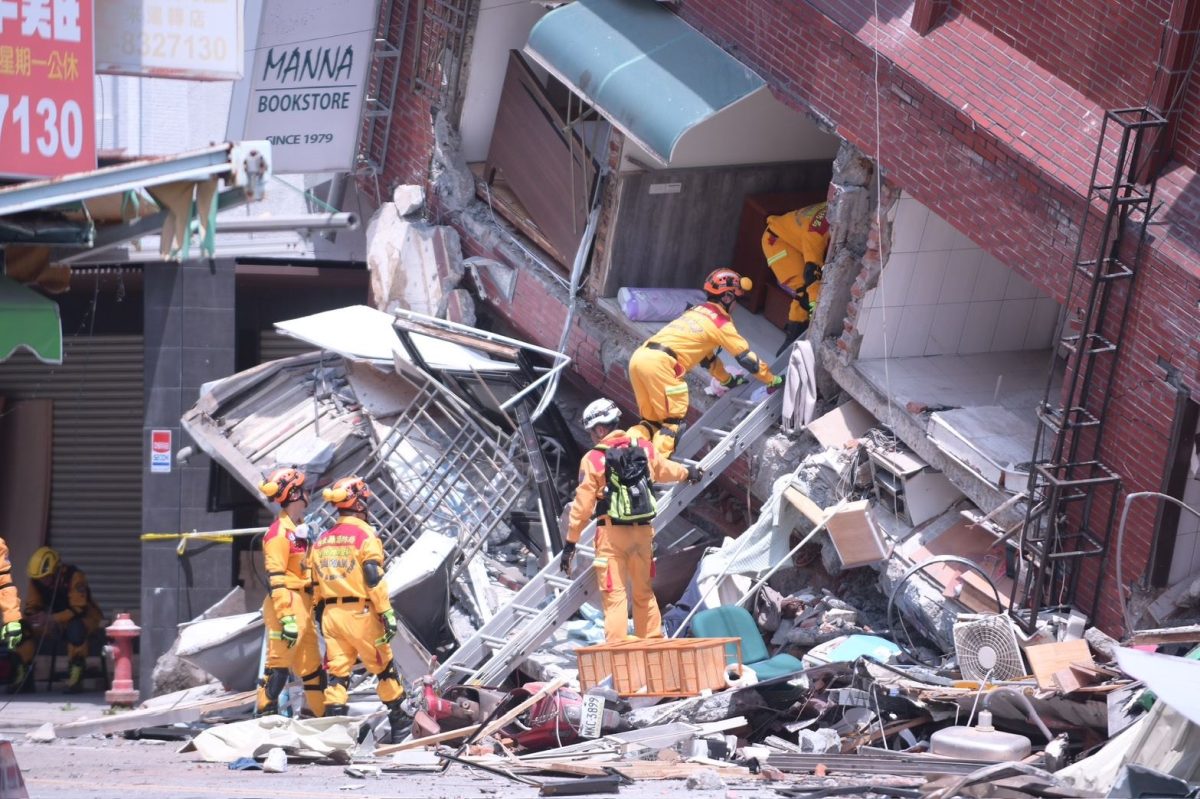
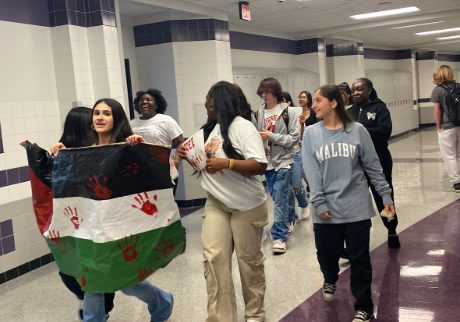

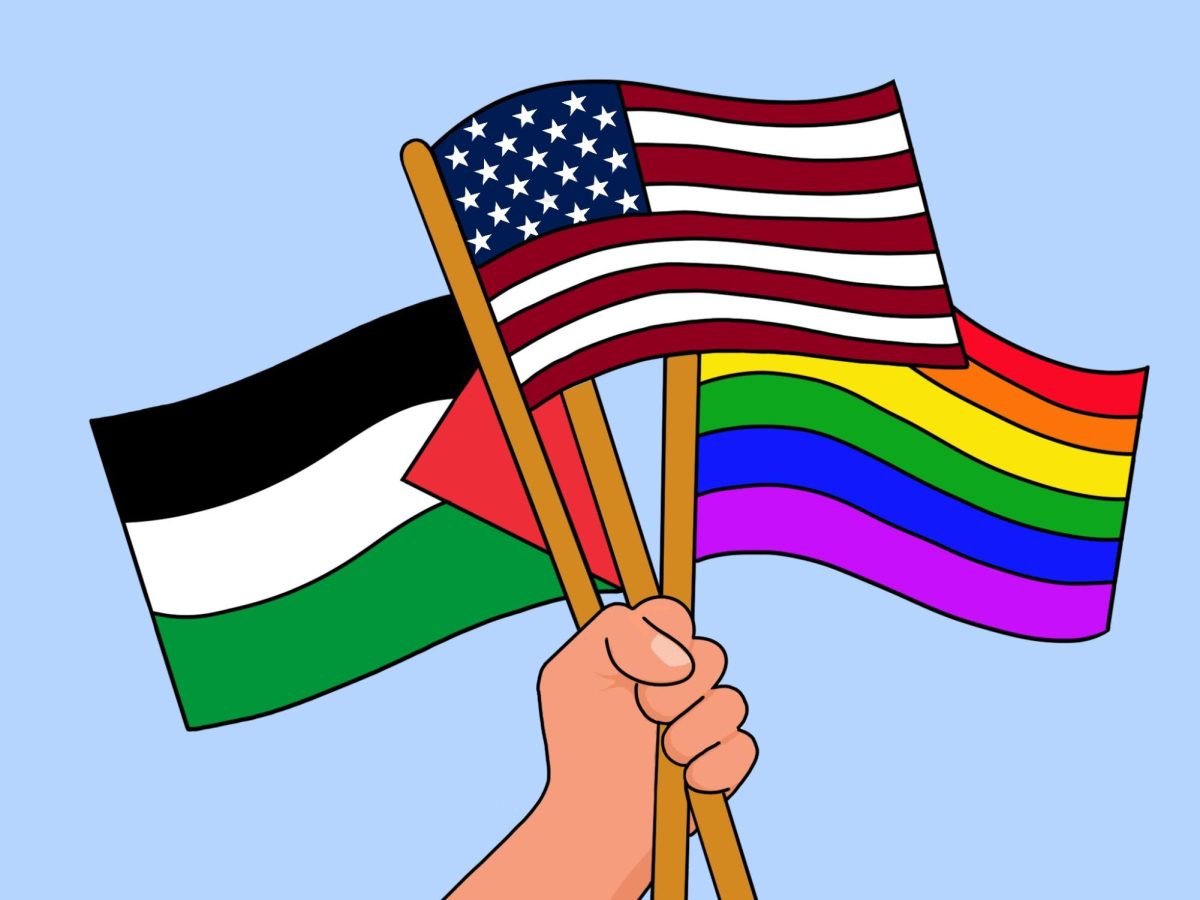
![With the AISD rank and GPA discrepancies, some students had significant changes to their stats. College and career counselor Camille Nix worked with students to appeal their college decisions if they got rejected from schools depending on their previous stats before getting updated. Students worked with Nix to update schools on their new stats in order to fully get their appropriate decisions. “Those who already were accepted [won’t be affected], but it could factor in if a student appeals their initial decision,” Principal Andy Baxa said.](https://bestofsno.com/wp-content/uploads/2024/05/53674616658_18d367e00f_o-1200x676.jpg)





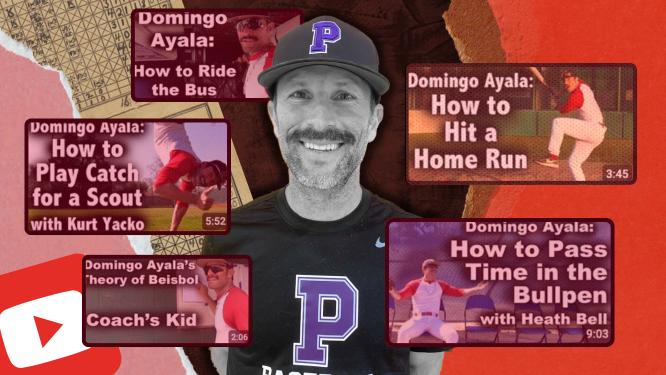
![Junior Mia Milicevic practices her forehand at tennis practice with the WJ girls tennis team. “Sometimes I don’t like [tennis] because you’re alone but most of the time, I do like it for that reason because it really is just you out there. I do experience being part of a team at WJ but in tournaments and when I’m playing outside of school, I like that rush when I win a point because I did it all by myself, Milicevic said. (Courtesy Mia Milicevic)](https://bestofsno.com/wp-content/uploads/2024/06/c54807e1-6ab6-4b0b-9c65-bfa256bc7587.jpg)

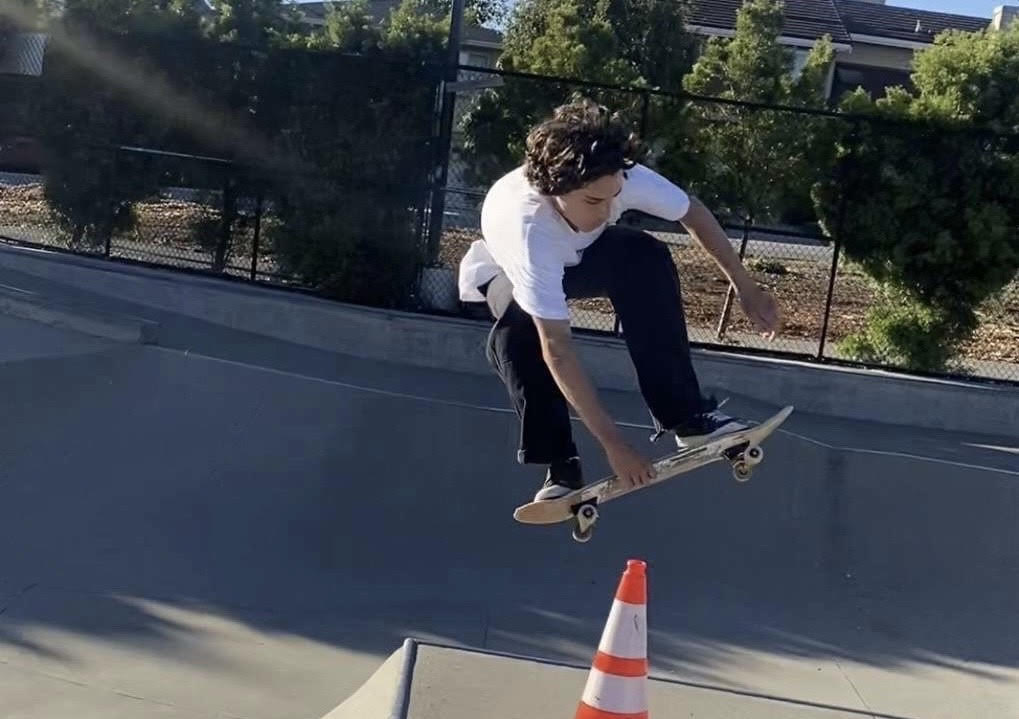



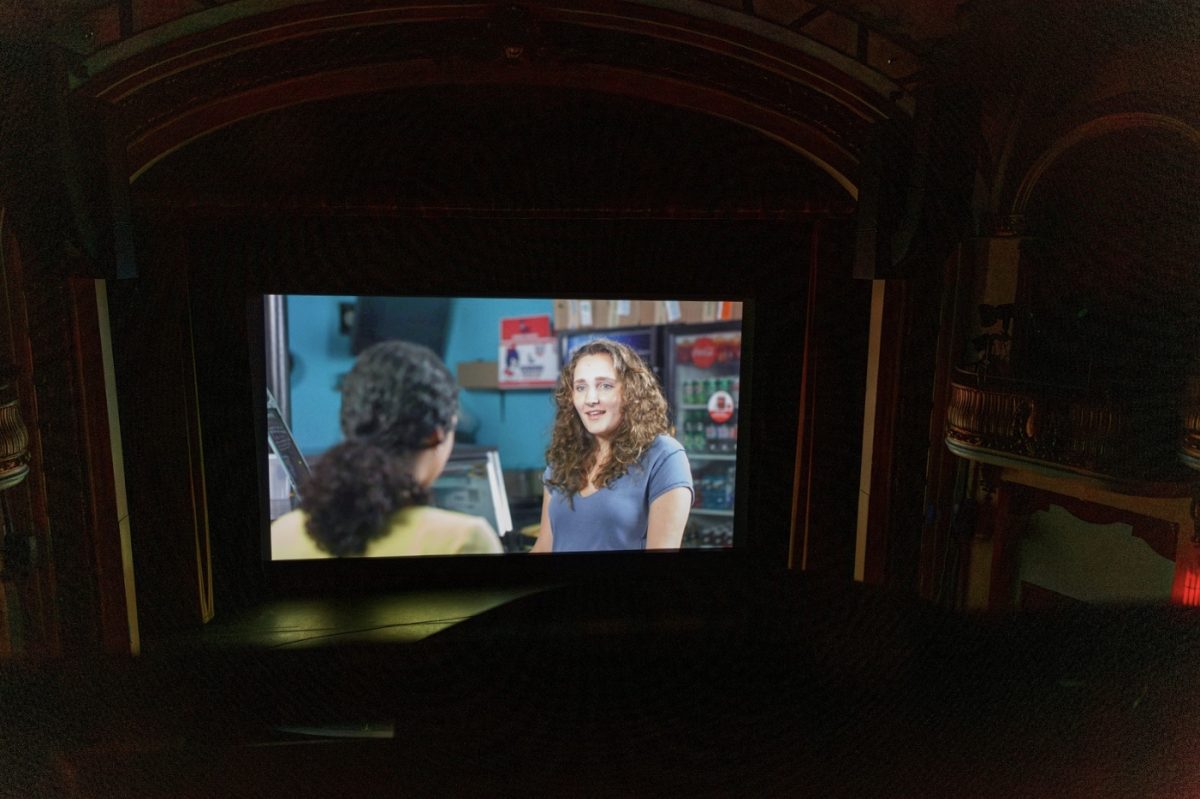

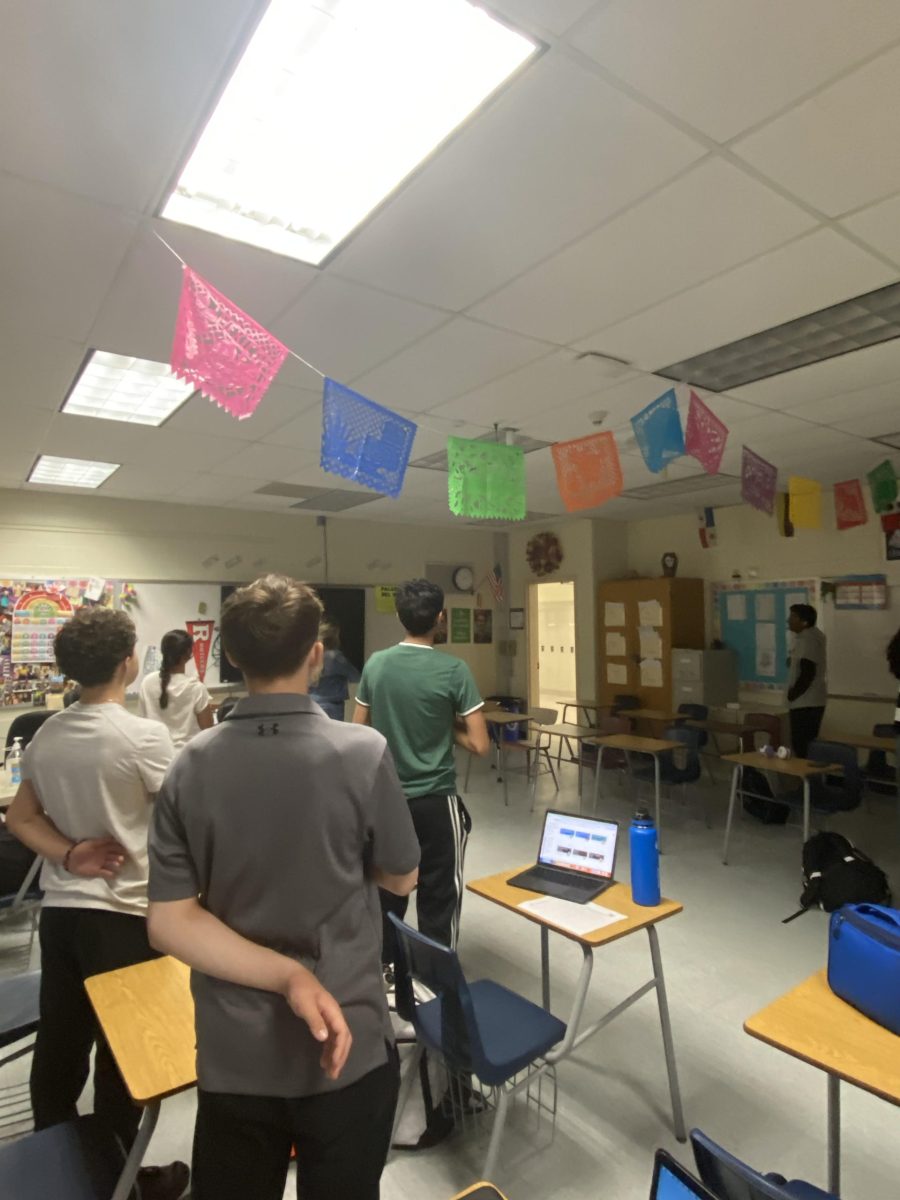
![The Jaguar student section sits down while the girls basketball team plays in the Great Eight game at the Denver Coliseum against Valor Christian High School Feb. 29. Many students who participated in the boys basketball student section prior to the girls basketball game left before half-time. I think it [the student section] plays a huge role because we actually had a decent crowd at a ranch game. I think that was the only time we had like a student section. And the energy was just awesome, varsity pointing and shooting guard Brooke Harding ‘25 said. I dont expect much from them [the Golden Boys] at all. But the fact that they left at the Elite Eight game when they were already there is honestly mind blowing to me.](https://bestofsno.com/wp-content/uploads/2024/05/IMG_7517-e1716250578550-900x1200.jpeg)





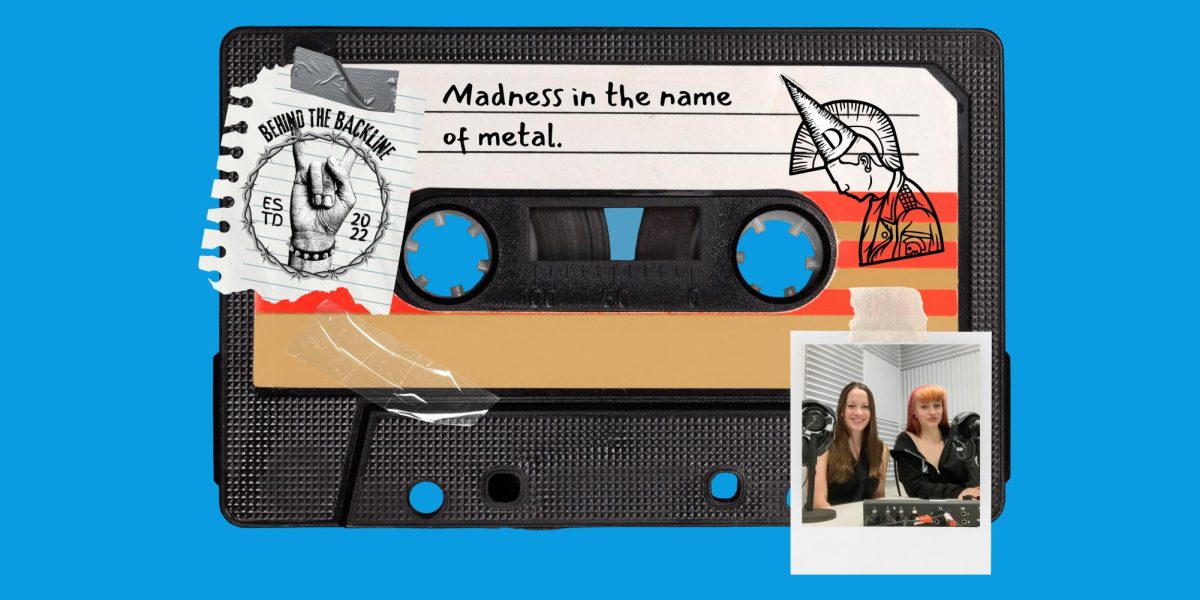
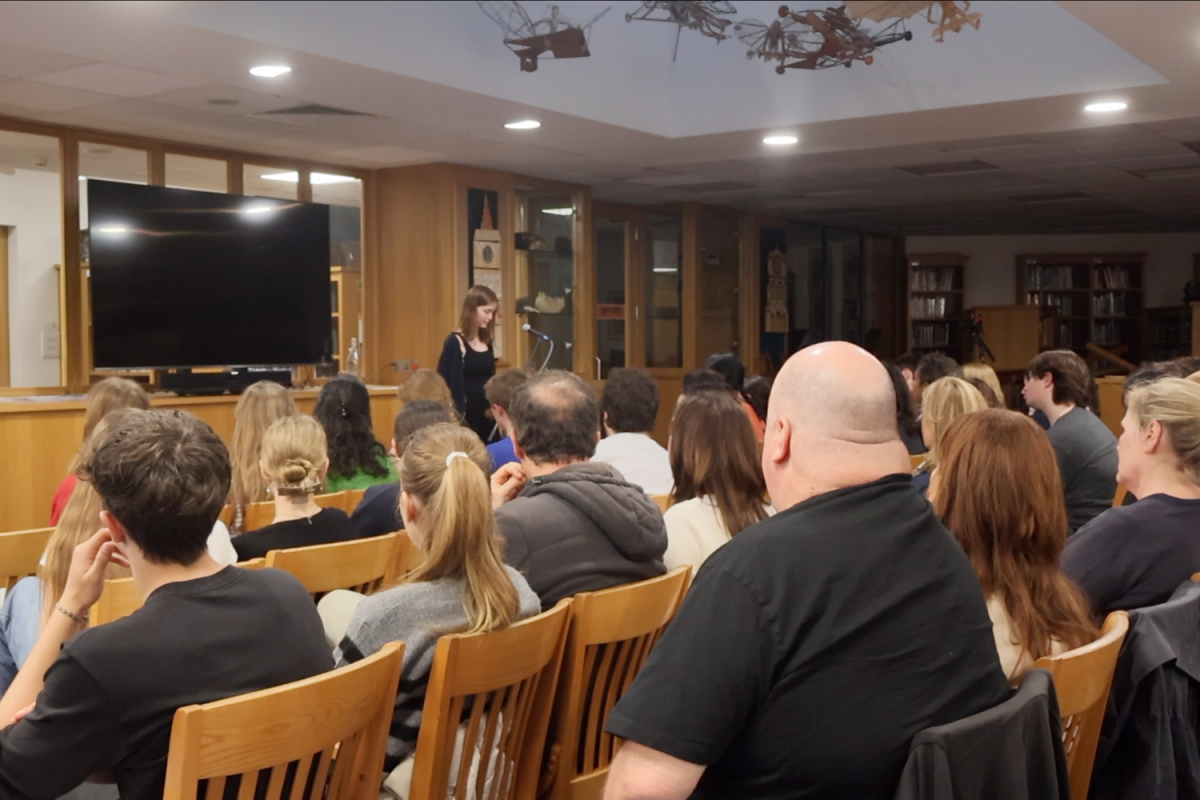


![BACKGROUND IN THE BUSINESS: Dressed by junior designer Kaitlyn Gerrie, senior Chamila Muñoz took to the “Dreamland” runway this past weekend. While it was her first time participating in the McCallum fashion show, Muñoz isn’t new to the modeling world.
I modeled here and there when I was a lot younger, maybe five or six [years old] for some jewelry brands and small businesses, but not much in recent years,” Muñoz said.
Muñoz had hoped to participate in last year’s show but couldn’t due to scheduling conflicts. For her senior year, though, she couldn’t let the opportunity pass her by.
“It’s [modeling] something I haven’t done in a while so I was excited to step out of my comfort zone in a way,” Muñoz said. “I always love trying new things and being able to show off designs of my schoolmates is such an honor.”
The preparation process for the show was hectic, leaving the final reveal of Gerrie’s design until days before the show, but the moment Muñoz tried on the outfit, all the stress for both designer and model melted away.
“I didn’t get to try on my outfit until the day before, but the look on Kaitlyn’s face when she saw what she had worked so hard to make actually on a model was just so special,” Muñoz said. “I know it meant so much to her. But then she handed me a blindfold and told me I’d be walking with it on, so that was pretty wild.”
Caption by Francie Wilhelm.](https://bestofsno.com/wp-content/uploads/2024/05/53535098892_130167352f_o-1200x800.jpg)








